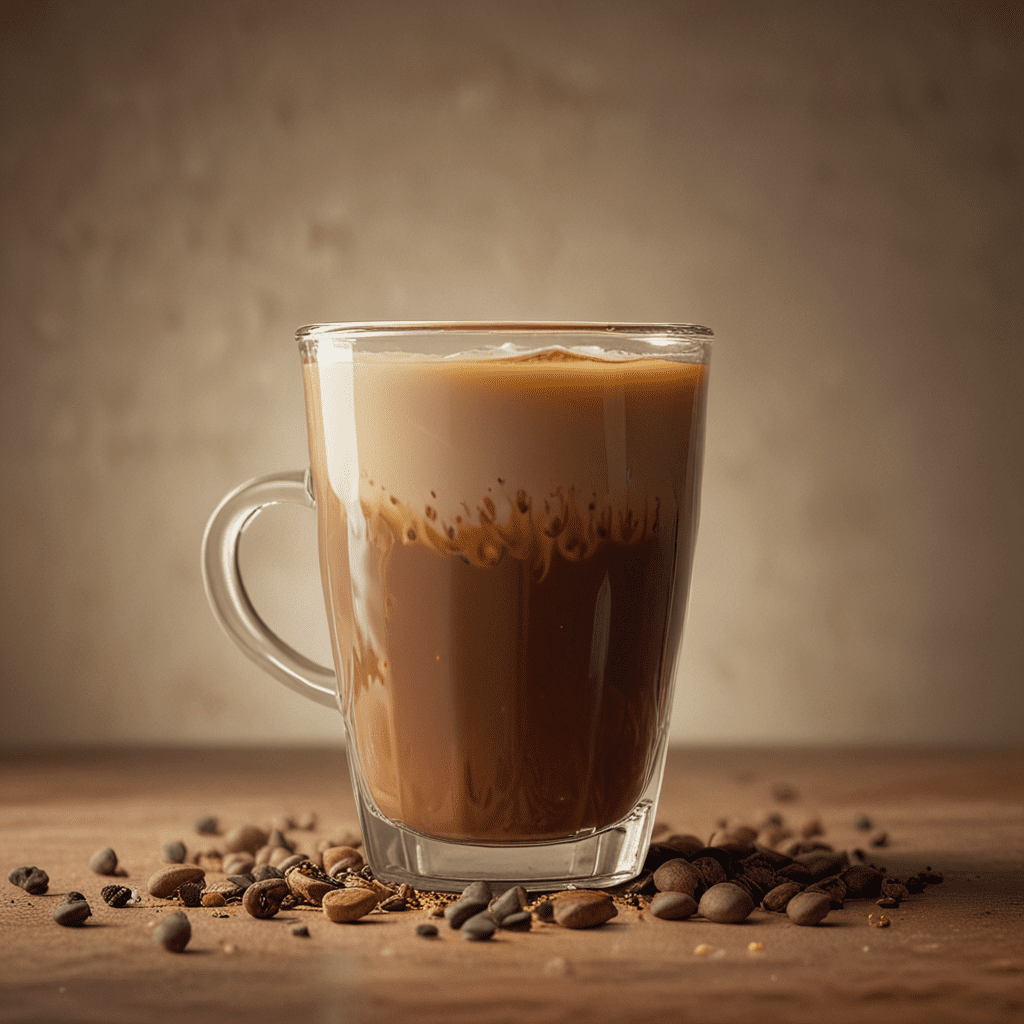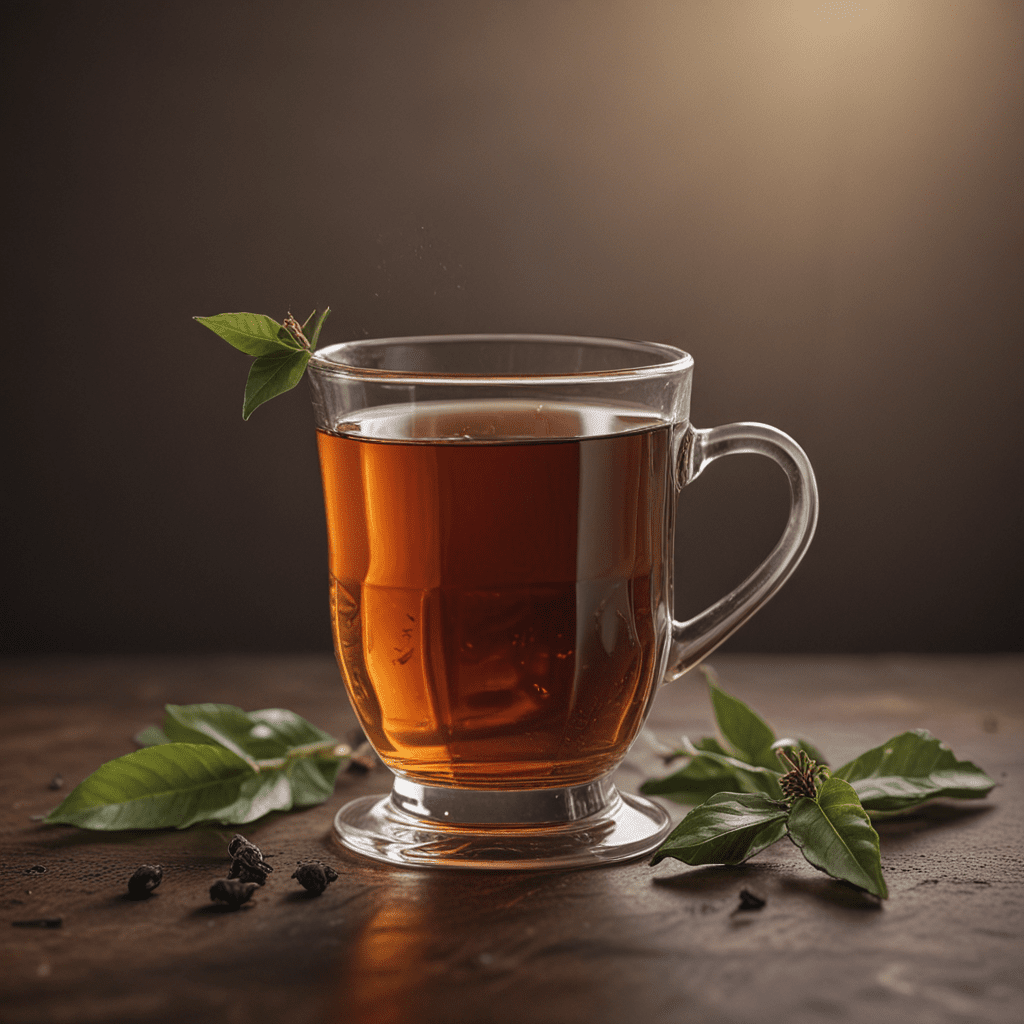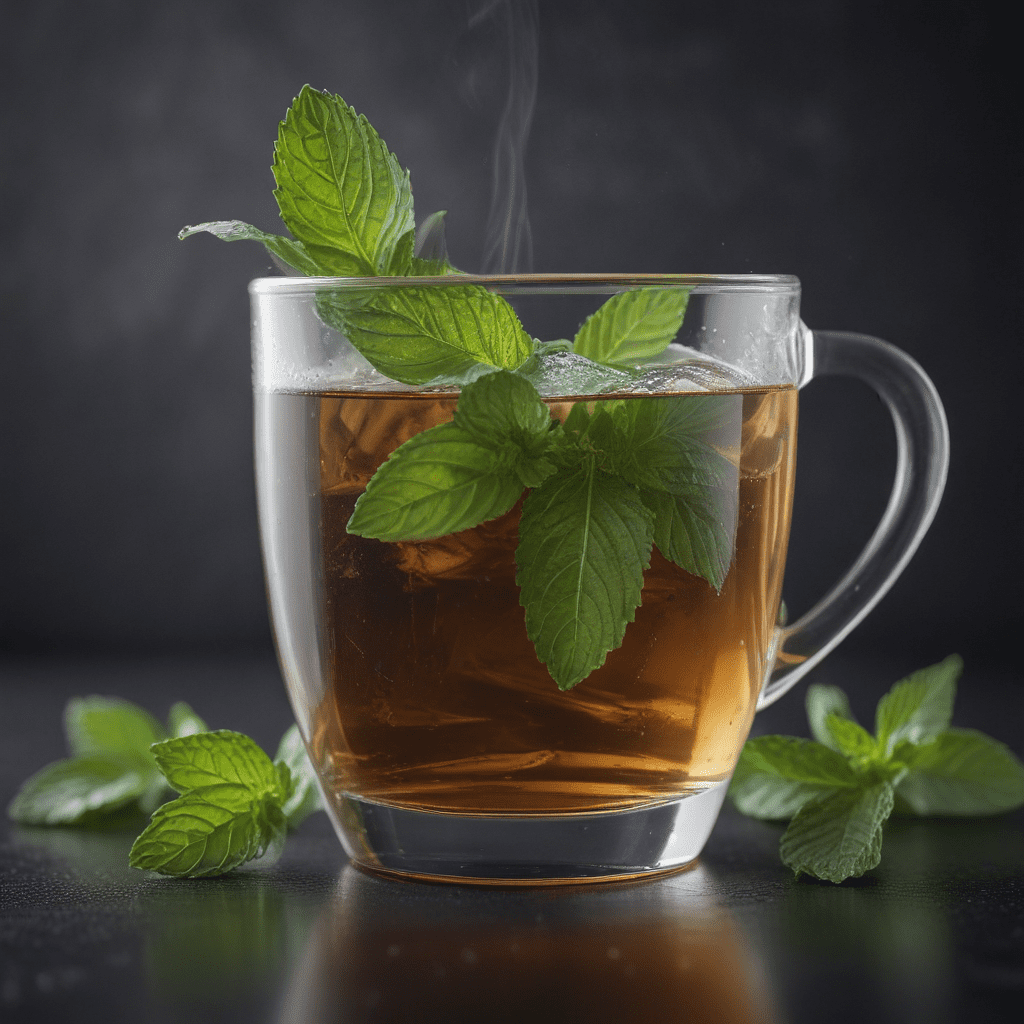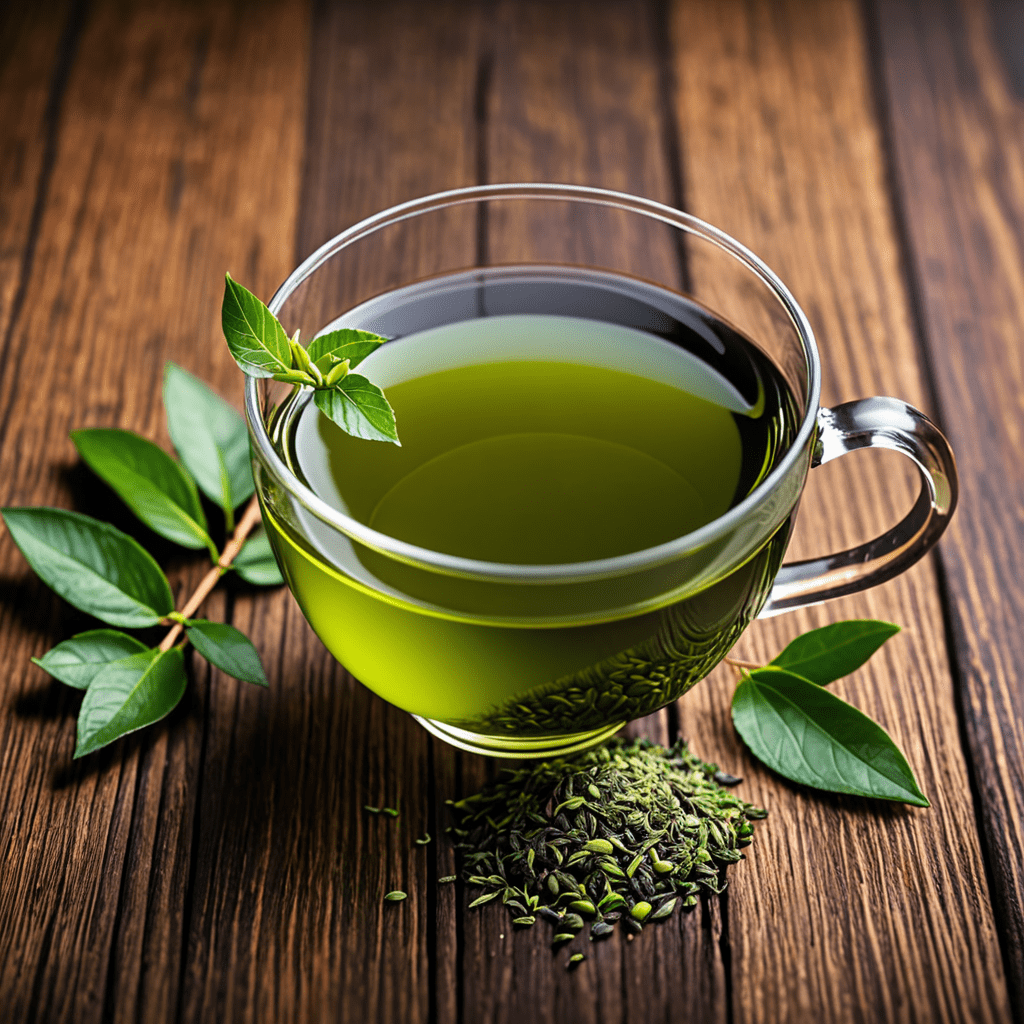
The Origins of Chai: A Timeless Tradition
Chai, an aromatic beverage steeped in history and tradition, traces its roots to the ancient lands of India. Its origins are shrouded in mystery and folklore, but it is believed to have emerged as a medicinal concoction used for its healing properties. Over the centuries, chai evolved from an Ayurvedic remedy to a cherished cultural practice, deeply entwined with Indian society and hospitality.
The Spice Blend: Aromatic Symphony of Flavors
The essence of chai lies in its unique blend of spices. Traditional recipes call for a combination of cardamom, cinnamon, ginger, cloves, and black peppercorns. Each spice contributes a distinctive note to the symphony of flavors: cardamom's warmth and camphor notes, cinnamon's sweet spiciness, ginger's pungent zing, cloves' aromatic intensity, and black peppercorns' subtle heat. This harmonious melange of spices not only enhances the taste of chai but also imparts it with a rich aroma that captivates the senses.
Tea as the Foundation: A Canvas for Spice
Tea, the primary ingredient of chai, provides the foundation upon which the spice blend unfolds its magic. Black tea, with its robust character and high tannin content, is the most commonly used variety for making chai. The strong brew of black tea serves as a sturdy canvas, allowing the spices to infuse and release their full spectrum of flavors without overpowering it. The choice of black tea can vary based on regional preferences, with Assam and Darjeeling being popular options.
The Brewing Process: A Ritual of Preparation
The preparation of chai is not merely a culinary task but an art form in itself. Traditional methods involve simmering a blend of spices in water or milk for an extended period. As the mixture brews, the spices gradually release their flavors and aromas, infusing the liquid with their essence. The brewing time and the proportions of spices can be adjusted according to personal preferences, allowing for endless experimentation and customization.
Milk’s Role: A Velvet Embrace for Chai
Milk is an integral component of chai, adding a rich creaminess that balances the spiciness of the tea and spices. Traditionally, full-fat milk is used to create a velvety texture, but alternative options such as skim milk, plant-based milk, or even water can be substituted to cater to dietary preferences. The addition of milk not only enhances the flavor profile but also mellows the tannins in tea, resulting in a smoother and more palatable beverage.
Sweetness and Spice: A Delicate Balance
Sugar or honey is often added to chai to balance the astringency of the tea and spices. The amount of sweetener added is a matter of personal taste, but it should be used judiciously to avoid overpowering the delicate flavors of the chai. Too much sweetness can mask the complexity of the spice blend, while too little can leave the chai unbalanced and overly bitter.
Chai Around the World: Cultural Adaptations and Variations
Chai has spread far beyond its Indian origins, becoming a beloved beverage in many cultures around the world. Each region has developed its own unique variations, reflecting local tastes and preferences. In some parts of Asia, chai is served with added spices such as star anise, nutmeg, or fennel. In the Middle East, it is often flavored with saffron or rose water. Western adaptations of chai may include the addition of vanilla, chocolate, or pumpkin spice.
Health Benefits of Chai: A Elixir of Wellness
Chai is not only a delicious beverage but also offers a range of potential health benefits. The spices used in chai have been traditionally used in Ayurvedic medicine for centuries to treat various ailments. Cardamom is believed to aid digestion, while ginger is known for its anti-inflammatory and nausea-relieving properties. Cloves are rich in antioxidants, and black peppercorns enhance the absorption of other nutrients.
Chai in Contemporary Culture: Beyond Traditional Boundaries
In recent years, chai has gained popularity as a trendy beverage, transcending its traditional roots. It is now found in cafes, coffee shops, and specialty tea stores worldwide. Chai-inspired products can also be found in various forms, such as chai lattes, chai tea bags, and even chai-flavored desserts. The versatility of chai has allowed it to appeal to a wide audience, introducing its unique flavors and aromas to new generations of tea enthusiasts.
Conclusion: A Sip of Serenity and Exotic Delight
Chai is a beverage that embodies the warmth, hospitality, and exotic flavors of its Indian heritage. Its aromatic spice blend, creamy texture, and delicate balance of sweetness and spice have captivated tea lovers for centuries. Whether enjoyed as a traditional beverage or embraced in contemporary adaptations, chai offers a sip of serenity and exotic delight, transporting us to a world of rich flavors and cultural traditions.
FAQs
Q: What is the best way to make chai?
A: The traditional method involves simmering a blend of spices in water or milk for an extended period. Experiment with different brewing times and spice proportions to find your preferred flavor profile.
Q: What spices are typically used in chai?
A: Cardamom, cinnamon, ginger, cloves, and black peppercorns are the most common spices used in chai. Other spices, such as star anise, nutmeg, or fennel, may be added in different regional variations.
Q: Can I make chai without milk?
A: Yes, chai can be made with water instead of milk for a dairy-free option. However, milk adds a rich creaminess and balances the spiciness of the tea and spices.
Q: What are the health benefits of chai?
A: Chai is believed to have various health benefits due to the spices used in its preparation. Cardamom aids digestion, ginger has anti-inflammatory and nausea-relieving properties, cloves are rich in antioxidants, and black peppercorns enhance nutrient absorption.
Q: Where can I find chai?
A: Chai is available in many cafes, coffee shops, and specialty tea stores worldwide. It can also be purchased in tea bags or loose-leaf form for home brewing.


